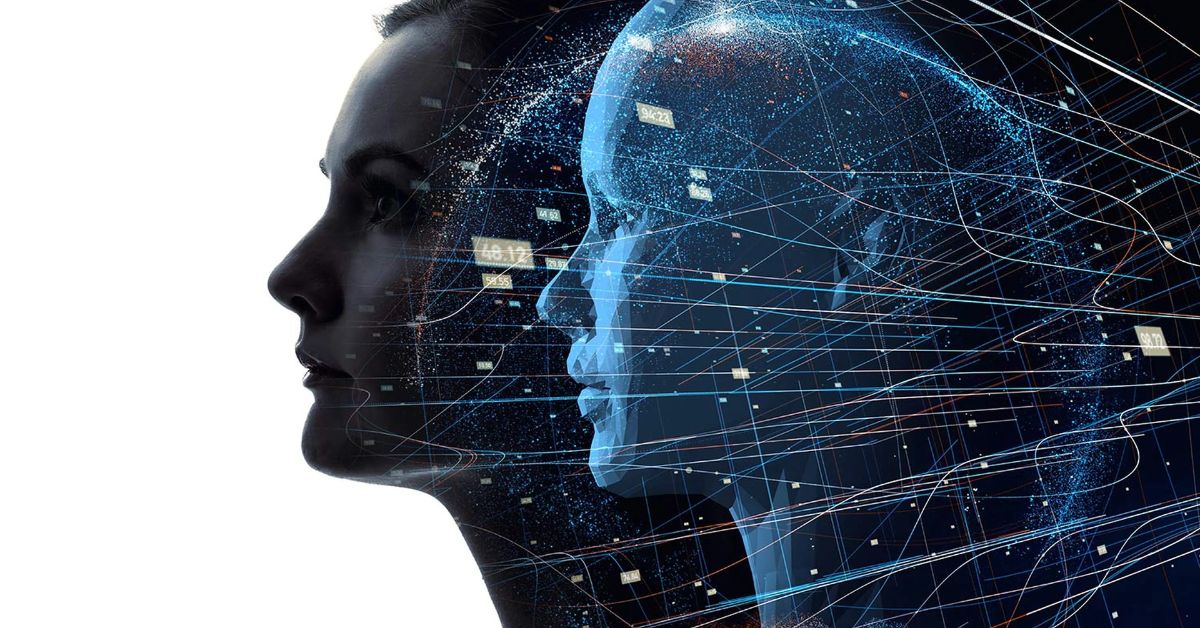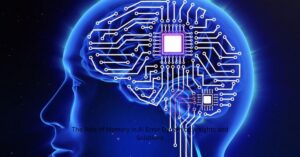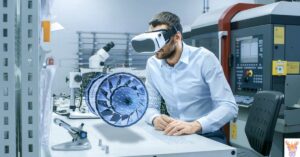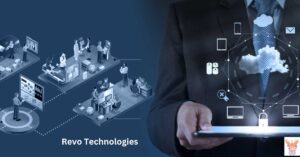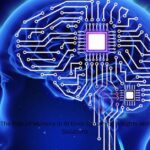AI undressing tech has sparked heated debate. These tools claim to reveal what’s under people’s clothes using image recognition. But they raise major privacy and consent issues.
Proponents argue it’s just harmless fun. Critics say it’s a gross violation that objectifies people. The tech also highlights AI’s rapid advancement.
As image manipulation gets more sophisticated, society grapples with thorny ethical questions. Where do we draw the line between innovation and exploitation
The Mechanics of AI Image Recognition:
AI image recognition works like a super-smart set of eyes. It scans pictures, picking out shapes, colors, and patterns. Then it matches what it sees to things it’s learned before.
This tech can spot faces, read text, or even tell you what breed a dog is. It’s getting better all the time, learning from millions of images. But it’s not perfect – sometimes it makes mistakes, just like humans do.
Related this post : Rose AI: Enhancing Floral Design with Machine Learning
A Historical Perspective:
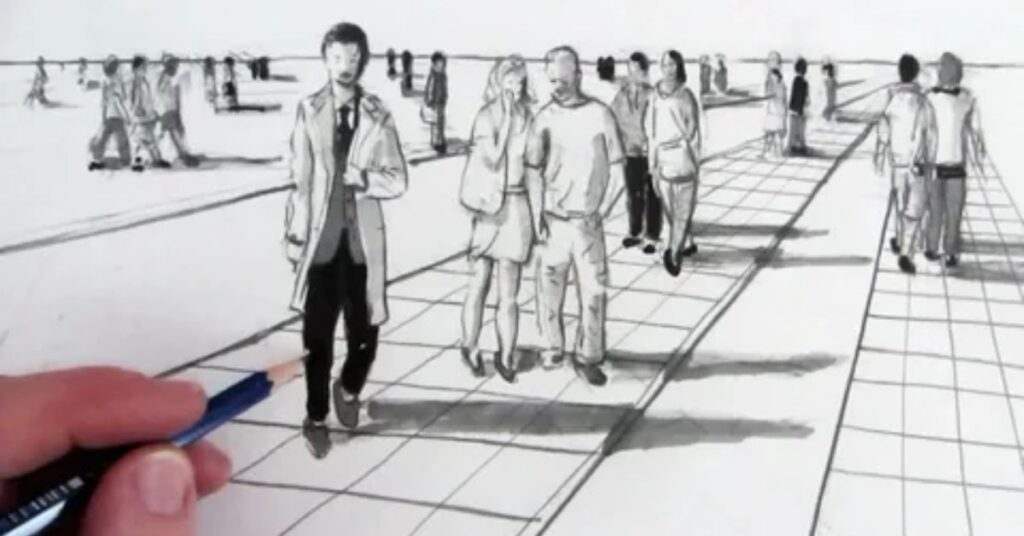
People have been trying to make machines see for decades. Early attempts were clunky and limited. They could only handle simple shapes or specific objects.
Then came the boom in computing power and data. Suddenly, AI could learn from vast image libraries. Progress exploded, and now AI vision rivals human ability in many tasks. It’s a far cry from those early days of basic pattern matching.
The Intricacies of AI Undressing:
AI undressing takes image recognition to a controversial new level. It tries to guess what’s under someone’s clothes based on body shape and other cues. The AI uses what it’s learned from countless images to make its predictions.
But it’s not magic – it’s educated guesswork. The results can be wildly inaccurate. And even when they’re close, they raise serious ethical questions. Is it okay to imagine someone naked without their consent, even if it’s just a computer doing it
Navigating Ethical Quandaries:
AI undressing forces us to confront tough questions. Is it okay if the person isn’t identifiable? What about public figures? Where do we draw the line between art, science, and exploitation?
- Consent is a key issue – can AI infringe on privacy without “looking”?
- Potential for abuse in revenge porn or blackmail scenarios
- Developers face moral dilemmas about how their tech might be used
These questions don’t have easy answers. They require ongoing dialogue between tech experts, ethicists, lawmakers, and the public.
Legal Landscape and Policy Framework:
- Most countries lack specific laws on AI undressing
- Existing privacy and consent laws often apply, but enforcement is tricky
Tech often outpaces legislation, leaving gray areas. Lawmakers are scrambling to catch up, but it’s a complex issue. Some argue for outright bans, while others push for strict regulations.
Real-World Controversies and Lessons Learned:
- DeepNude app shut down after public backlash
- Clearview AI faced legal challenges over facial recognition database
- Facebook’s automatic alt-text sparked privacy concerns
- Gender-swapping filters raised questions about identity and consent
- AI-generated deepfakes highlighted need for detection tools
- Biased facial recognition led to wrongful arrests
- AI art generators sparked copyright debates
- Emotion recognition tech criticized as pseudoscience
- Smart home devices exposed vulnerabilities in domestic privacy
- AI hiring tools revealed potential for discrimination
Personal Privacy in the Age of AI:
We share more of ourselves online than ever before. But AI tools raise new privacy concerns. Your innocent selfie could become fodder for undressing algorithms without your knowledge.
- AI can analyze public photos in ways we never imagined
- Once an image is online, controlling its use becomes nearly impossible
- Privacy settings don’t always protect against AI analysis
Ethical Best Practices for AI Development:
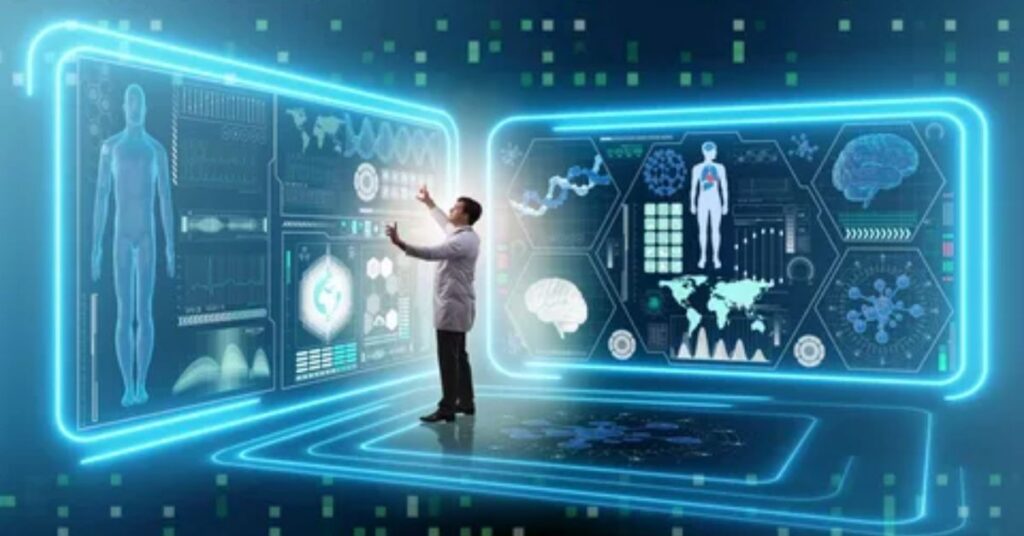
- Prioritize user consent and data privacy
- Implement robust security measures to prevent misuse
- Conduct thorough impact assessments before release
- Establish clear guidelines for acceptable use
- Engage diverse voices in the development process
- Build in transparency and explainability
- Create mechanisms for user feedback and redress
- Regular ethical audits of AI systems
- Collaborate with policymakers to shape responsible regulations
- Invest in ongoing research on AI ethics
Technological Innovations for Ethical AI
AI undressing tech has come a long way, but so have efforts to make it more ethical. Innovators are working hard to balance the potential benefits with privacy concerns. Let’s look at some key developments:
- Consent-based systems: New tools require explicit permission before processing images.
- Watermarking: Tech that adds invisible marks to photos, preventing unauthorized manipulation.
- AI detection: Algorithms that can spot AI-altered images, including those “undressed” by AI.
These advances aim to put control back in users’ hands. They’re not perfect, but they’re a step in the right direction. As AI undressing capabilities grow, so do the safeguards against misuse.
The future of ethical AI undressing might surprise you. Researchers are exploring ways to use this tech responsibly in fields like medicine and security. They’re also developing stricter guidelines for its use. It’s a tricky balance, but one that could lead to exciting breakthroughs.
Also read this post : Choosing the Best Option for Broken Computer Screen Repair
Public Perception and Societal Impact
Here’s a table comparing Public Perception and Societal Impact of AI undressing technology:
| Public Perception | Societal Impact |
| Fear of privacy violations | Increased awareness of digital consent |
| Curiosity about technological capabilities | Shifts in online behavior and photo sharing |
| Moral outrage and ethical concerns | New legal and regulatory challenges |
| Excitement over potential applications | Changes in digital literacy education |
| Skepticism about AI’s limitations | Evolving norms around body autonomy and image rights |
| Confusion about how the tech works | Potential for misuse in cyber bullying and revenge porn |
| Concern over deep fakes and misinformation | Advancements in AI ethics and responsible development |
| Interest in artistic and creative uses | Impact on fashion and beauty industries |
| Worry about personal photos being targeted | Increased demand for digital security solutions |
This table highlights the complex relationship between how people view AI undressing tech and its real-world effects. It’s clear that public opinion and societal changes are closely intertwined, each influencing the other.
Future Directions in AI and Image Recognition:
- Integration of AI with augmented reality technologies
- Advancements in 3D image reconstruction from 2D inputs
- Development of more sophisticated deepfake detection tools
- Exploration of AI-powered medical imaging diagnostics
- Increased use of edge computing for real-time image processing
- Research into AI systems that can explain their decision-making process
- Expansion of AI’s ability to understand context and nuance in images
- Creation of more energy-efficient image recognition algorithms
- Investigation of AI’s potential in art restoration and authentication
- Improvement of AI’s performance in low-light and adverse conditions
Guidelines for Stakeholders:

- Developers: Prioritize ethical considerations from the design phase
- Policymakers: Craft flexible regulations that can adapt to technological changes
- Users: Stay informed about AI capabilities and privacy implications
- Educators: Incorporate AI literacy into curriculum at all levels
- Businesses: Conduct regular audits of AI systems for bias and ethical concerns
- Researchers: Collaborate across disciplines to address complex ethical issues
- Media: Provide balanced coverage of AI advancements and potential risks
- Advocacy groups: Push for transparency and accountability in AI development
- Investors: Support companies committed to ethical AI practices
- Legal experts: Work to clarify intellectual property rights in AI-generated content
Frequently Asked Question
What is AI undressing technology?
AI that digitally removes clothing from images using advanced algorithms.
Is AI undressing legal?
It’s a gray area. Laws vary by country and are still catching up to the tech.
How accurate is AI undressing?
It’s improving but still has limitations. Results can vary widely in quality.
Can AI undressing be prevented?
Yes, through watermarking, consent-based systems, and AI detection tools.
Are there ethical uses for AI undressing?
Potentially in medicine, art, and security, but it’s highly controversial.
Conclusion
AI undressing technology is here to stay, but its future isn’t set in stone. As we’ve seen, it’s a double-edged sword with potential for both harm and good. The key lies in how we choose to develop and use it.
Ethical considerations must guide our path forward. We need robust safeguards, clear regulations, and ongoing public dialogue. It’s not just about the tech itself, but how it reflects and shapes our values as a society.
Ultimately, the responsibility falls on all of us – developers, users, and policymakers alike. By staying informed and engaged, we can help steer this powerful tool towards positive outcomes. The future of AI undressing tech is in our hands. Let’s make sure it’s a future we’re proud to create. tech has sparked heated debate. These tools claim to reveal what’s under people’s clothes using image recognition. But they raise major privacy and consent issues.
Proponents argue it’s just harmless fun. Critics say it’s a gross violation that objectifies people. The tech also highlights AI’s rapid advancement.
As image manipulation gets more sophisticated, society grapples with thorny ethical questions. Where do we draw the line between innovation and exploitation
